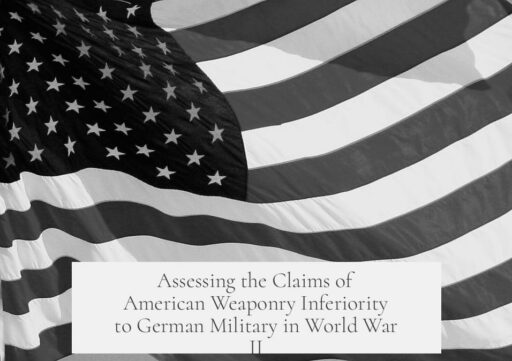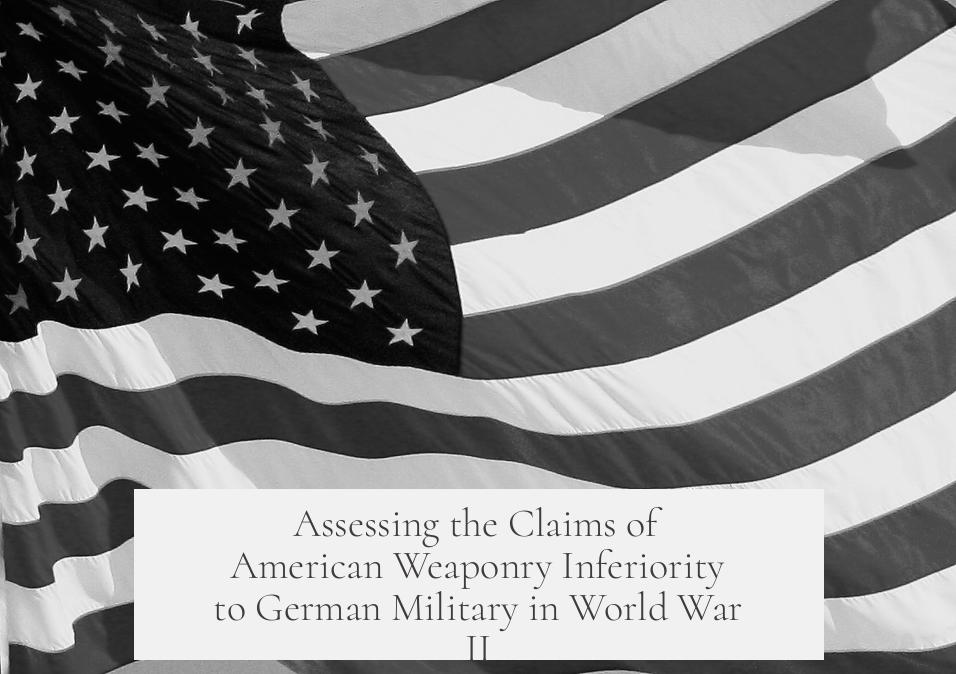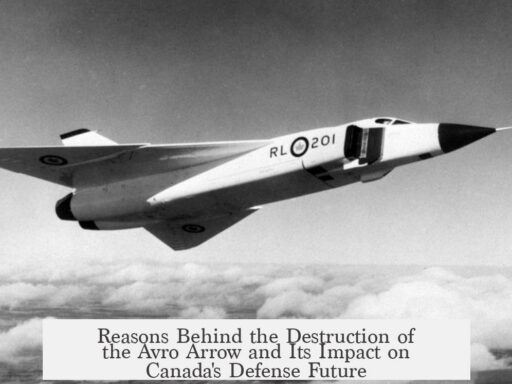American weaponry during World War II was not drastically inferior to German weaponry as some popular narratives suggest, including the Atlantic article mentioned. While some German weapons were highly effective and technologically impressive, broad claims that American arms were obsolete or overwhelmingly weaker oversimplify a complex reality. Differences in doctrine, operational context, and production scale greatly influenced weapon deployment and battlefield effectiveness, making outright superiority comparisons problematic.
The Atlantic article in question focuses largely on the frontline experiences of soldiers, using rhetorical devices rather than conducting a detailed military hardware comparison. Such writings may emphasize certain striking examples rather than providing a balanced technical evaluation. Hence, assessing weapon quality requires careful context and evidence, not general impressions.
It is very difficult to label a weapon “better” or “worse” without considering the operational environment and military doctrines. For instance, comparing iconic World War II planes—the British Spitfire and the Japanese Zero—illustrates this well. The Spitfire boasts a higher top speed, greater ceiling, better climbing rate, and heavier armament. However, its shorter range limited its effectiveness in the vast Pacific Ocean, where the Zero thrived. Therefore, what made a weapon “better” depended on the mission and theater of operations.
Some German weapons—like the MG42 machine gun, Panzer tanks (Panther and Tiger), and the famous 88mm gun—were formidable. Yet such examples do not indicate that German equipment was superior in every category or overall. The author of the article selectively highlights standout German arms but overlooks American and Allied systems’ strengths and scale.
| Category | German Examples | American/Allied Examples | Evaluation |
|---|---|---|---|
| Infantry Rifle | Standard bolt-action rifles like the Kar98k | M1 Garand semi-automatic rifle | M1 Garand was arguably the most advanced infantry rifle of the war, providing faster follow-up shots and a semi-automatic mechanism, refuting claims of US use of outdated WWI designs. |
| Tanks | Panzer V (Panther), Panzer VI (Tiger), Panzer III & IV | M4 Sherman, M36 tank destroyer | Tigers and Panthers were individually superior but rare and mechanically unreliable. Panzer III and IV approximately matched the Sherman, which was produced in massive numbers and remained reliable. |
| Machine Guns | MG42 with high rate of fire (~25 rounds/sec) | M1919 Browning, M2 heavy machine gun | MG42 had advantages in fire rate and manufacturability but suffered from barrel overheating, accuracy drop with heat distortion, and cumbersome barrel changes. American guns emphasized reliability and sustained fire. |
| Artillery / Anti-Tank | 88mm Flak gun and Pak 43 anti-tank gun | 90mm anti-aircraft guns (M1, M2, M3), M36 tank destroyer | The German 88mm was outstanding but the Allies designed comparable weapons suited to their defensive strategies. Doctrinal differences, including use of fighter cover and specialized tank destroyers, influenced choices rather than technological inferiority. |
The M1 Garand rifle contradicted the idea that the US relied on outdated World War I weapons. This semi-automatic rifle gave American soldiers faster firing capability and more firepower than typical bolt-action rifles. It was well-regarded for reliability and ease of use. This provided the US infantry an advantage in rate of fire and overall combat effectiveness.
In tank warfare, the German heavy tanks (Panzer V and VI) were more formidable in one-on-one engagements. Yet they were produced in smaller numbers and plagued by mechanical issues. The American workhorse, the M4 Sherman, was easier to maintain and much more numerous. Panzer III and IV tanks, which German forces used most, were comparable in capability to the Sherman. Numbers and logistics played a critical role. American production capacity allowed mass deployment and continuous supply.
The MG42 machine gun was revolutionary, featuring an extremely high rate of fire, reliability, and ease of manufacture. It fired about 25 rounds per second, which was more than double that of American machine guns like the M1919 Browning. However, this rate of fire had drawbacks: increased ammunition consumption, need for multiple spare barrels, challenges handling the searing hot barrels safely, and degraded accuracy as barrels overheated. These factors made the advantage questionable in sustained combat. American machine guns prioritized sustained accuracy and practicality.
The German 88mm gun became legendary for its dual use as a potent anti-aircraft and anti-tank weapon. It outperformed individual Allied guns in some respects. Still, the Allies developed effective anti-aircraft and anti-tank systems adapted to their tactical needs. For example, US 90mm guns and tank destroyers filled these roles successfully. Strategic doctrine here is critical; American forces emphasized combined arms use, fighter air cover, and specialized anti-armor units over direct equivalents to the 88mm’s role.
Key differences arise from doctrine rather than raw technology. German infantry centered squads around machine guns with supporting riflemen, while Americans emphasized rifle fire supported by machine guns. This reflects supply capacities and tactical concepts more than equipment quality. Similarly, anti-aircraft strategies diverged, as US forces often relied on radar and interceptor aircraft rather than massing large-caliber AA guns like the Germans.
The claim that the US lacked smokeless powder is unfounded. The United States produced ample modern smokeless powder throughout the war. This assertion does not hold against historical evidence and manufacturing records.
Soldiers’ perceptions of enemy weapon superiority often arise in combat stress. Believing foes wield better arms is common across militaries regardless of actual equipment quality. Such subjective views should not be regarded as accurate technical assessments.
- American weaponry was technologically competitive with German arms, not drastically inferior.
- Some German weapons (MG42, Tigers, 88mm) excelled individually but had drawbacks in numbers, reliability, or logistics.
- M1 Garand rifle provided a semi-automatic advantage over German bolt-action rifles.
- M4 Sherman tanks matched most common German tanks and benefited from superior production and maintenance.
- Doctrinal and operational differences influenced weapon design, deployment, and battlefield effectiveness more than inherent technical inferiority.
- The MG42’s high rate of fire entailed practical limitations despite its impressive specifications.




